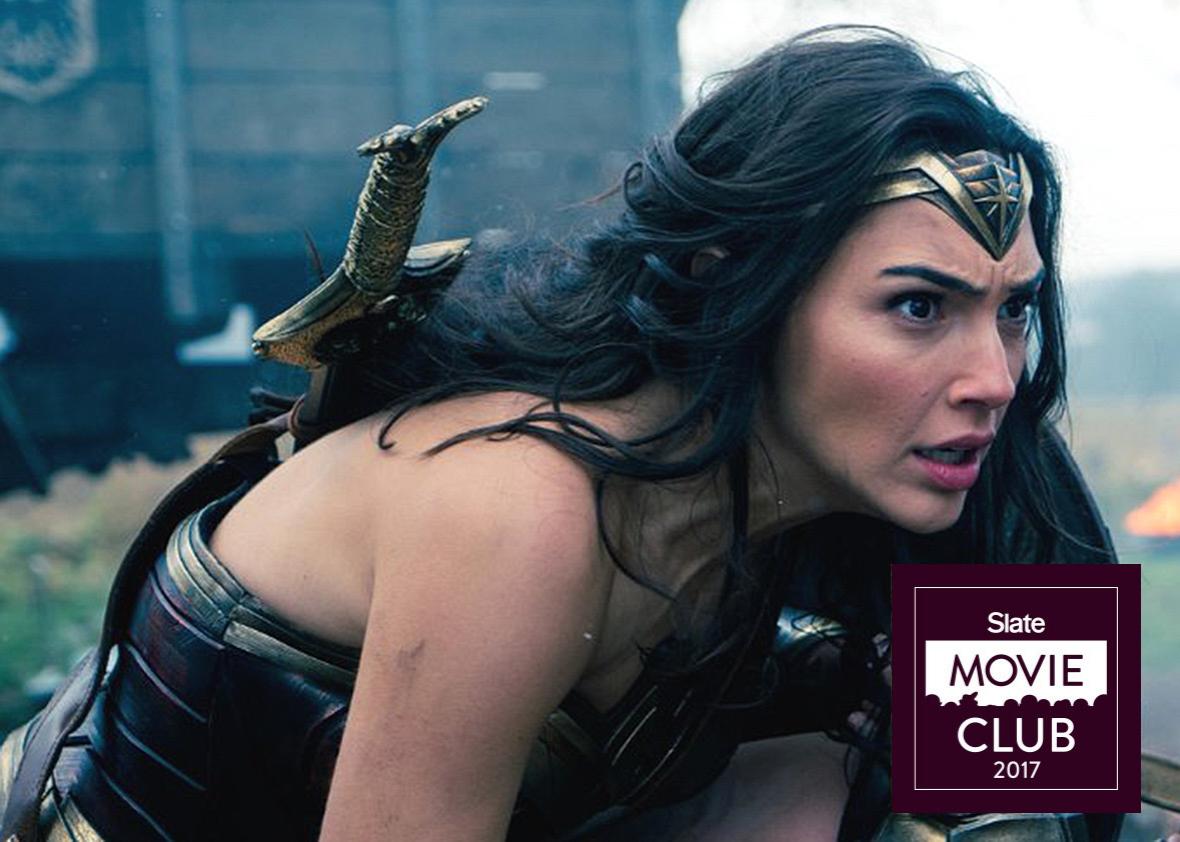Dear all,
I admit, this feels weird: In a way, the year 2017 in movies still feels completely immediate with the Globes, the Oscars, and all the accompanying speculation and debate still awaiting us for the next few weeks. But as far as my everyday life is concerned, it’s 2018, and though work for a movie critic is a little slow in January, I’ve got movies like Insidious 4 and the upcoming Taraji P. Henson vehicle Proud Mary to think about, now. If you’re me, and you somehow hadn’t yet gotten around to Insidious parts 1–3, that means you’re starting the year off on a slightly dark note.
But the main thing that occurred to me, watching Rose Byrne, Patrick Wilson, Barbara Hershey, and Lin Shaye wind their way through a supernaturally evil world of red-faced spooks and astral projecting children over the course of four movies, is that it’s refreshing to watch a movie right now that’s … just a movie. No awards, no narratives, no speculation, no festival bidding showdowns, no hand-wringing, no Gold Derby charts—none of the nonsense. Insidious: The Last Key is refreshingly unburdened. Sure, it’s got to make money, not that I’m really worried about the notoriously efficient Blumhouse turning a profit. But—Get Out and Whiplash notwithstanding—Blumhouse movies get to live free of the hyperventilating emotional cycles of ardor and outrage that hit big-name festival entries and even higher-stakes franchise linchpins like The Last Jedi. I’m increasingly enamored of that, even comforted by it.
Of course, you could come up with a fancy cultural narrative for a movie like Insidious: The Last Key, being that it’s a horror movie whose star, Lin Shaye, is a 74-year-old scream-queen icon: a rare category of star. In some universe that happens not to be the January media cycle, those words—74, franchise, and we should outright add woman—add up to a pretty spectacular story that we in the culture industry often seem to forget exists. The Last Key isn’t even the first time Shaye has been the center of an Insidious movie: She was also a lead in the third installment, released in 2015, which means she’s been a septuagenarian franchise star for long enough that more of us whose job it is to notice these things should have noticed. Yet … no fanfare. Just as there was little media fanfare for Milla Jovovich, star of the almost 15-years-running Resident Evil films, or Kate Beckinsale, star of the almost equally long-running Underworld movies. In American markets, both of those franchises hung their hats in 2017: the same year as Wonder Woman.
I’m not here to make a facile comparison between the ways we talk about Wonder Woman and the ways we haven’t talked about Milla Jovovich. The comparison is complicated. Patty Jenkins’ movie is in most ways the bigger, more essential project, not least because it was directed by a woman (unlike any of the movies in either the Underworld or Resident Evil franchises) and, in that context, had the biggest budget of any movie ever directed by a woman in the history of Hollywood. It’s a record breaker. But therein, I would argue, is the danger in reducing “the conversation” to narratives, to ways of making movies seem relevant to our broader social world, as well as to the record breakers and festival darlings and Oscar hopefuls. There’s no way in which it makes sense to talk about female action heroes in the 21st century without the Underworlds of the universe. And yet, in the heat of the novelty of Wonder Woman’s success, and the goodness of that movie, and the future it seemed to spell for woman directors and action stars in Hollywood and beyond, isn’t ignoring the Underworlds what most of us did? A Resident Evil film was never going to be a part of the Oscar conversation. Does that mean it doesn’t matter to the conversation?
Meanwhile, a new Lara Croft picture starring Oscar winner Alicia Vikander is around the corner, with Oscar-nominee Henson’s Proud Mary dropping before that and Oscar winner Jennifer Lawrence’s Red Sparrow sometime after. We’re going to write pieces about this “moment” for women in action films—and we’re going to be right that it feels like a distinct moment, even despite the long reign of Beckinsale, Jovovich, and their many Oscar-snubbed genre-queen sisters and ancestors. How much our sense of the moment will come to owe to the stories we spin and the politics of our specific present, rather than to the reality of the releases themselves, will be an interesting phenomenon to watch.
On the first of January, we reset the clock. We also have a chance to reset the narrative—or, as I feel myself increasingly likely to do, to ignore it, or at least to complicate it. Am I excited for a black Marvel superhero to take the world movie markets, and the internet, and my group chats and GIF collections, by storm? YES. But I also just want the movie to exist on its own terms, narrative-free. I want to be able to watch it honestly, to love it or not or be overwhelmed by it or not, and that be it. That’s … not possible, especially not for someone whose job it is to shout “THIS IS IMPORTANT!” every time something is half-worth calling important.
But the joy of movies—and Movie Club!—has been in remembering how much bigger and more essential movies are than the mechanisms we devise to make them seem big and essential, narratives and hype and all that jazz. I’m excited for the Globes, and the Oscars, and the gowns, and the gossip, and the surprise winners, and the overlong speeches, and all the nonsense I call “nonsense” because I want to pretend I don’t love it. But even more than that, I’m excited for the movies themselves, the truths they hold, and the stories they tell—not just the stories we tell to make sense of it all.
It’s been a pleasure!
Kameron
